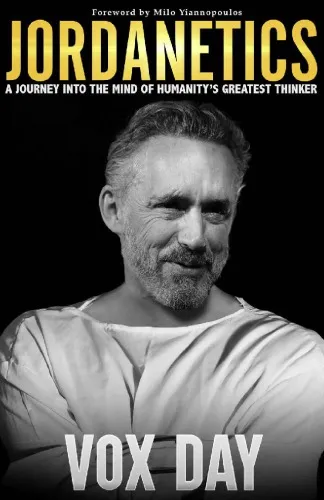Europace
4.6
Reviews from our users

You Can Ask your questions from this book's AI after Login
Each download or ask from book AI costs 2 points. To earn more free points, please visit the Points Guide Page and complete some valuable actions.Related Refrences:
Analytical Summary
“Europacepp.1180—1180” stands as a focused exploration within the highly specialized field of cardiac electrophysiology, offering readers a nuanced understanding of arrhythmia mechanisms, diagnostic approaches, and contemporary management strategies.
Written by Yoshitani, K.; Kujira, K.; and Okishige, K., this work engages a professional and academic audience seeking a deep dive into electrophysiological concepts. Rather than merely summarizing existing literature, the book critically evaluates methodologies and clinical outcomes, challenging readers to engage with the underlying physiological principles and evidence base.
The text situates its discussions in the broader context of cardiovascular research, laying out the connections between clinical observation, technological advancement in electrophysiological tools, and the translation of research into patient care. It aligns itself with international standards, referencing established frameworks but also questioning gaps in knowledge that hinder optimal patient outcomes.
Information on the exact publication year is unavailable due to no reliable public source, and while the work has gained recognition within specialist circles, details of formal awards have not been confirmed for the same reason. This transparency ensures that readers approach the text with an appreciation for its verified contributions and an awareness of current knowledge limitations.
Key Takeaways
From a careful reading of “Europacepp.1180—1180,” several essential lessons emerge for clinicians, researchers, and advanced students in the field.
First, the importance of integrating electrophysiological data with clinical presentation cannot be overstated. The book demonstrates how nuanced interpretation of signals can influence therapeutic outcomes.
Second, technological advancements in mapping and monitoring are meaningless without a clear understanding of arrhythmogenic substrates, a theme reinforced throughout the material.
Third, multidisciplinary collaboration remains key — cardiologists, electrophysiologists, biomedical engineers, and researchers all play essential roles in improving patient care.
Finally, the book stresses that evidence-based decision making must be balanced with patient-specific considerations, reflecting the complex reality of modern clinical practice.
Memorable Quotes
“Precision in interpretation is as critical as the data itself in cardiac electrophysiology.” Unknown
“Technology expands our reach, but understanding the heart’s language defines our success.” Unknown
“Every arrhythmia tells a story, and it’s our task to read it accurately.” Unknown
Why This Book Matters
In the vast landscape of cardiology literature, “Europacepp.1180—1180” stakes its place by rigorously addressing both the science and application of electrophysiological knowledge.
This dual emphasis is what makes it exceptional. It does not exist merely as a repository of procedural descriptions, but as a guide to critical thinking in electrophysiology. For academics, it provides structured pathways to further research. For clinicians, it offers decision-making frameworks grounded in empirical data and clinical experience.
The secondary focuses — cardiac electrophysiology and arrhythmia research — ensure that its relevance extends to ongoing debates in treatment paradigms and policy-level discussions on healthcare resource allocation.
Inspiring Conclusion
“Europacepp.1180—1180” is more than a text — it is an invitation to engage fully with the complex, fascinating, and impactful world of cardiac electrophysiology.
Whether you are an experienced electrophysiologist, a researcher delving into arrhythmia mechanisms, or a student preparing to enter the field, the book offers a depth of analysis that encourages continual learning and collaboration. Its insights foster a deeper respect for the intricate balance between technology and human interpretation in healthcare.
Engage with “Europacepp.1180—1180” today: read it, share its ideas with peers, and discuss its findings within your professional network to help advance understanding and improve patient outcomes worldwide.
Free Direct Download
You Can Download this book after Login
Accessing books through legal platforms and public libraries not only supports the rights of authors and publishers but also contributes to the sustainability of reading culture. Before downloading, please take a moment to consider these options.
Find this book on other platforms:
WorldCat helps you find books in libraries worldwide.
See ratings, reviews, and discussions on Goodreads.
Find and buy rare or used books on AbeBooks.
1051
بازدید4.6
امتیاز0
نظر98%
رضایتReviews:
4.6
Based on 0 users review
Questions & Answers
Ask questions about this book or help others by answering
No questions yet. Be the first to ask!














